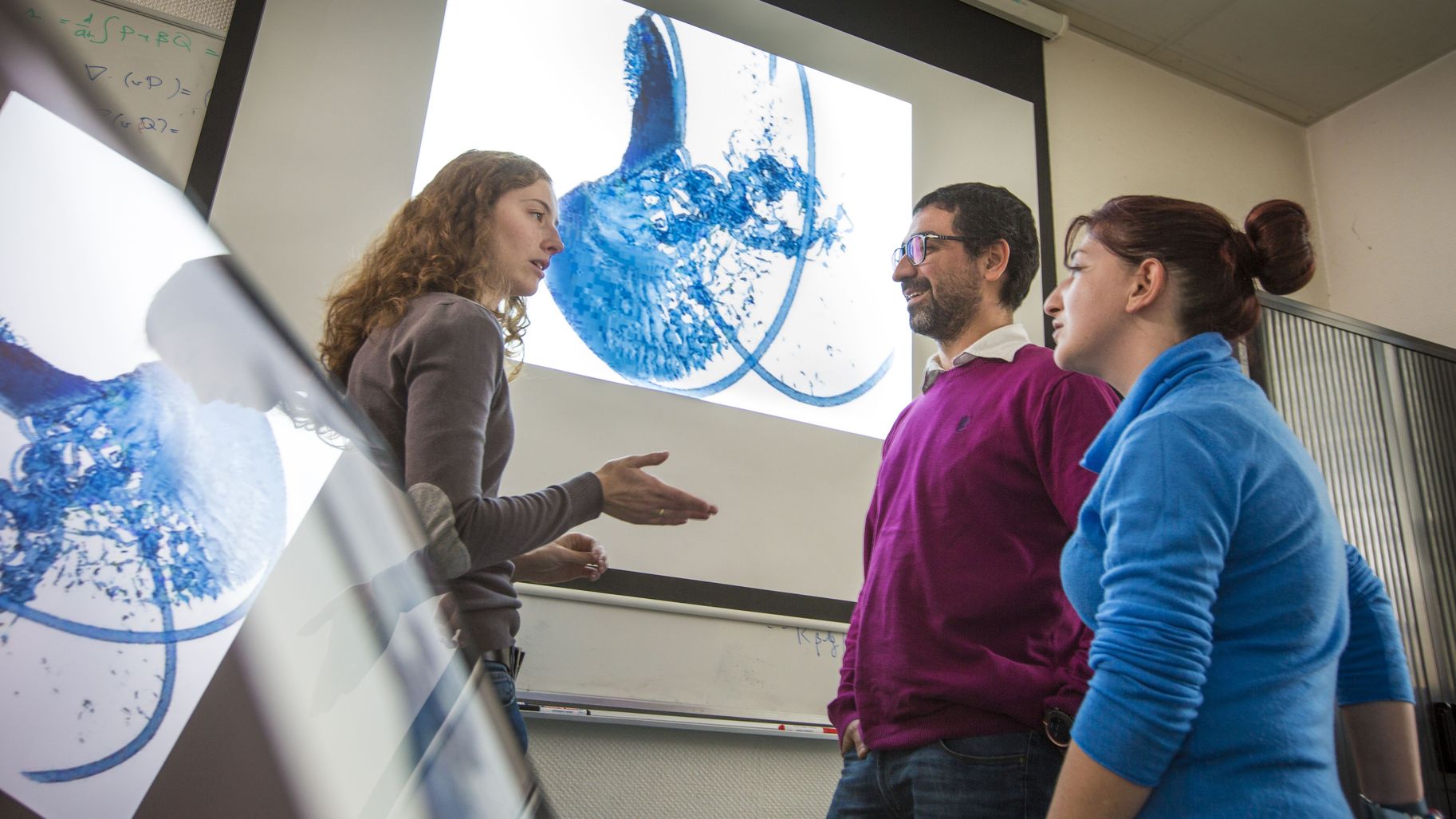Supporting the emergence of cleaner energy sources
Date:
Changed on 06/12/2023

Predicting frost based on temperatures and moisture levels around orchards or vineyards, understanding the formation of snowpack at altitude in order to anticipate the availability of water resources by the time of the spring thaw, detecting outbreaks of forest fires in sensitive areas (e.g. close to homes or industrial facilities) in order to act quickly and to prevent them from spreading - all of these applications employ the use of low energy connected sensors.
Operating at the cutting edge of IoT technology, the AIO team (formerly EVA) at the Inria Paris centre develops networks of connected objects which are deployed in various locations (forests, mountains, etc.). The researchers adapt solutions that have been tested by the industrial sector, whose technical standards ensure the durability of these environmental sensors, which are designed to be more than 99.999% reliable and which consume very little energy - some are capable of running for more than ten years on just one battery.
Nuclear fusion is a reaction which occurs in plasma, a material state found in stars such as our Sun. If it could be controlled within a reactor, it would become an almost inexhaustible energy source. Owing to its minimal environmental impact, its development would provide answers to many of humanity’s energy needs.
For this purpose, fusion plasma is created in “tokamaks” (experimental machines, like the ITER reactor in France), which are developed by physicists and engineers based on digital simulations. However, the complexity of the phenomena being modelled is so great that the processing times can quickly become an obstacle.
Could artificial intelligence and its ever-growing processing capabilities provide an alternative to the use of digital methods? Aiming to answer this question, the Tonus team at the Inria Nancy Grand-Est centre got involved in the exploratory action Malesi, a scientific project that is both ambitious and exciting - much like nuclear fusion itself.
To make infrastructure, roads, transport networks and power grids more resilient and more sustainable: this is the evidently realistic sustainable development target that monitoring technology will contribute towards through the use of sensors built-in to these installations.
The aim of the Inria challenge “Zero-Power computing systems” - which is led by the Socrate and Corse teams at the Inria Grenoble Rhône-Alpes centre and the Cairn and Pacap teams at the Inria Rennes - Bretagne Atlantique centre, in collaboration with the CEA - is to develop innovative solutions that will enable these networks to operate in-situ, using only the energy available in the environment. Whether it’s from vibrations, the air or electromagnetic radiation (solar, radio, etc.), this energy is both unlimited and sporadic. As a result, sensors and calculators must be able to operate despite frequent supply interruptions.
After four years of research as part of the project, which is set to come to an end this year, the researchers proved they were up to the task, developing a prototype platform centred around NVRAM (nonvolatile random-access memory) technology. The operating system they developed is capable of managing the available energy while maintaining the data collection and analysis operations carried out by the sensors and calculators, paving the way for further applications.